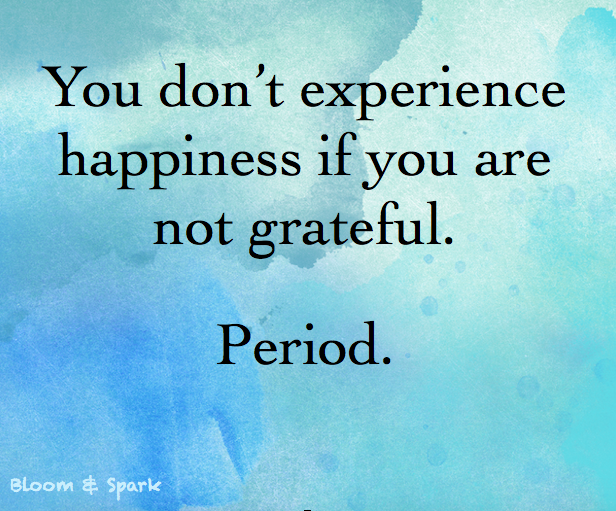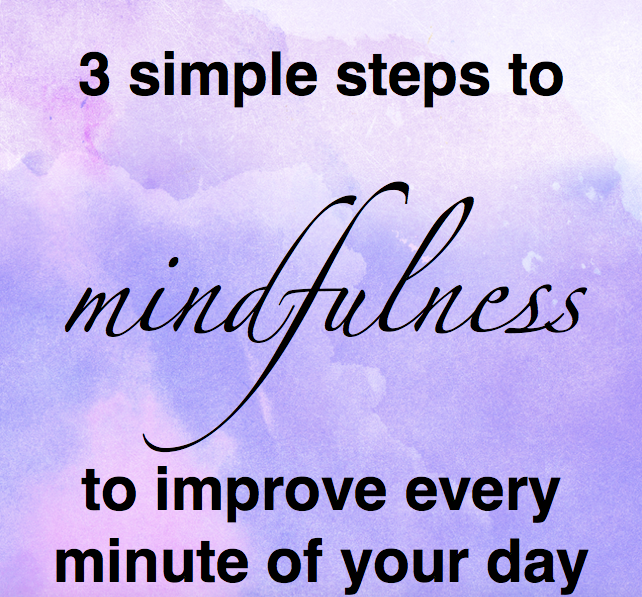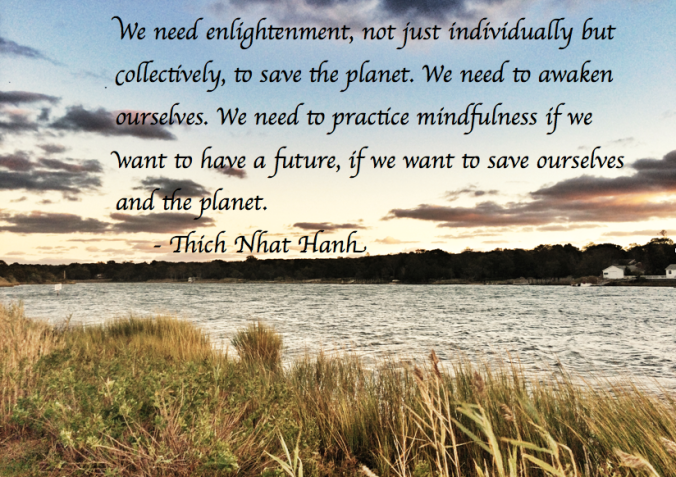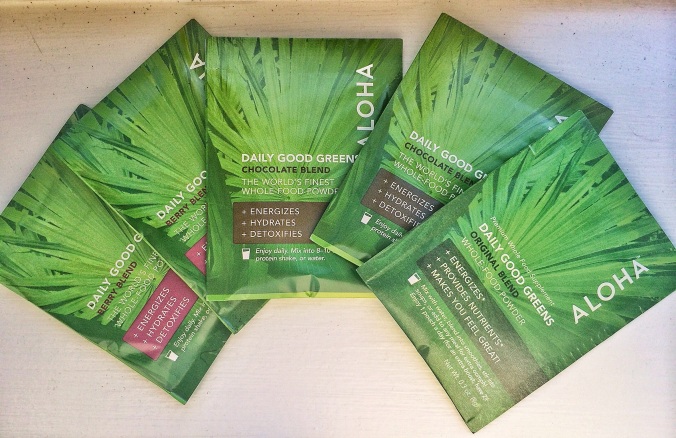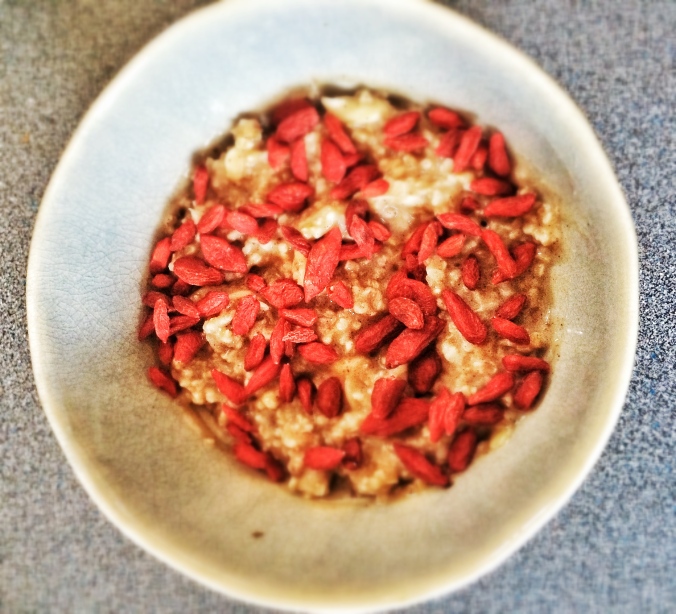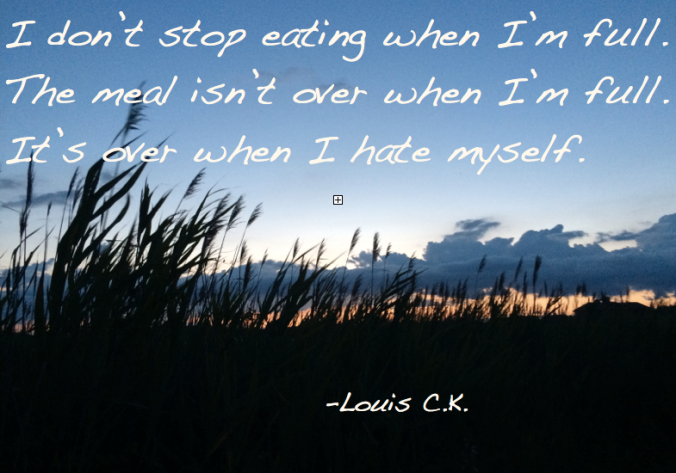I am SOOOO excited to have as a guest blogger, Kiley from onehealthyhamptons.com. She and I are both wellness warriors in the Hamptons, and it’s been such an honor to team up with her. We have a very similar take on the Whole 30 movement/diet and I wanted to share her list of things she learned while on Whole 30, because I feel the exact same way.
Kiley DeMarco, MSW, NLC, is the founder of One Healthy Hamptons website, community, and e-magazine for all things healthy in the Hamptons, and co-founder of Hamptons Wellness Week. Kiley is Nutritious Life Certified in Nutrition and has a Masters Degree in Clinical Social Work from Boston College Graduate School of Social Work. She lives in Sag Harbor with her husband and their Swiss Mountain Dog, Sammy.
I recently completed my first (and probably my last!) Whole30. 30 days of whole foods and not a speck of grains, dairy, soy, legumes, corn, baked goods, or added sugar of any kind. I know, I know, “what the heck did you eat?!” Lots and lots of plants, lean protein, nuts and seeds, that’s what! Oh, and not a drop of alcohol. Sounds fun, right?! If you’re wondering why I would do such a thing, (I don’t blame you!) The book It Starts With Food, by the founders of the Whole30 program, inspired me to dig deeper into my own diet and lifestyle, eliminating the foods/food groups above in order to re-evaluate how my body reacts to them after the 30 days. For more specifics about the Whole30 program, click here!
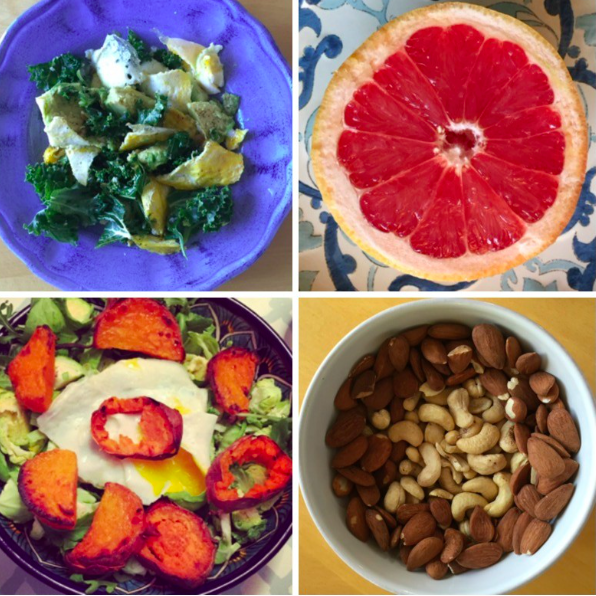
Although it was tough to adjust and even tougher to refrain from just one little teeny tiny drink, (hello, it is rosé season!) I learned a ton over the past 30 days. Here’s the good, the bad, and the ugly:
1. Sugar is errrrywhere and we’re all pretty seriously addicted to it. You’ve probably heard this in some capacity, but what does that mean?
2. Consuming sugar, artificial sweeteners, and natural alternatives like honey, maple syrup, and even stevia, on a regular basis not only “feed the sugar dragon,” but also throw off our taste buds, cravings, and ability to reach satiety normally.
3. Personally, I do not enjoy black coffee; however, I discovered over these thirty days that I do enjoy unsweetened coffee. Over the past ten years or so, I’ve transitioned from a serious overload of artificial sweetener to cutting back, replacing it with more natural stevia, cutting back on stevia, and now I finally was able to rid my coffee of any sweetener. Whole30 forced me to learn to enjoy my coffee simply with Homemade CocoNut Milk and this is definitely a habit I’m happy to keep. Now I truly savor my coffee, no longer crave it sweet, and rarely do I need a second cup. Remember that baby steps are the way to change a habit for the better. Try cutting the sweetener in your coffee in half to start, if you’re soda drinker, replace one soda a day with seltzer, or satisfy your sweet tooth by having a piece of fruit for dessert. It really does get easier and easier, trust me on this!
4. That’s not to say that occasionally indulging in sweets you truly love is not absolutely necessary to living a balanced life. My love affair with dark chocolate has rekindled and our flame is going strong…although I do not neeeeeeeed it daily like I used to!
5. While many people argue that they don’t have time to eat healthy, healthy meals made from real, whole foods can be very convenient. The Whole30 program made me simplify my meals, at first, simply because of less options to choose from, but now, out of habit. Going forward, I’ll continue with this practice as I’ve noticed that less-complicated meals are easier to digest.
6. I re-discovered some great staples I had been overlooking, like good old scrambled eggs. Nothing fancy necessary. Why? Because…
7. REAL FOOD TASTES GOOD! Seasoning your meals with herbs and spices, tasting the sweetness of a piece of fruit, and savoring the true flavors of food is what it’s all about. Again, baby steps. Your palette will adjust and your body will learn to not only like real foods, but crave them. Trust me, trust me, trust me.
8. Fat does not make you fat. How do I know? Well, I did not gain (or lose) any weight on Whole30, even though I was eating a lot more (healthy) fat on a daily basis – more nuts, oil, avocado, etc.
9. More fat is not better. Some is best.
10. Whole30 or not, portions size is crucial to healthy eating, even when eating all healthy foods.
11. Avocado has my ❤ on a daily basis.
12. This may turn your world upside down: peanuts are not actually nuts. A peanut is a legume, like beans, which means that your body may react differently to peanuts or peanut butter than it does nuts and other nut butters. Just some food for thought. And, yes, I did cut out peanut butter for 30 days (if you know me at all, you know that peanut butter is my favorite food in the whole wide world.) Instead, I ate homemade almond and cashew butters as well as sunflower seed butter, that just may top peanut butter on my list of favorite foods. I’m happy to say that peanut butter does now make a regular appearance in my diet; however, it is not the only thing I think about morning, noon, and night, which is probably a good thing because there are other things in life, right?
13. Rules takes the guess work out. I’m not a big fan of long-term labels, strict diets, or restriction, but committing to a short-term plan can be motivating enough that there’s no need for willpower.
14. It’s really, REALLY scary what is in 95% of our “food” these days. For example, even something like store-bought “all natural” almond milk, which a lot of people think of as a healthy upgrade, has far more ingredients than just almonds. What the heck are locust bean gum or carrageenan and why are they in my almond milk?! I decided to break up with store-bought milk for the time being and stick to my new love, Homemade CocoNut Milk. Same with the aforementioned nut butters. Just make your own or buy the ones made with just nuts. There really is no need for ‘palm fruit oil’ in your jar of nut butter. Just like there’s no need for added sugar in your tomato sauce, soy isolate in your snacks, or high fructose corn syrup in…ANYTHING. That’s a no-no no matter what.
15. Which brings me to my next point that I just can’t say enough: READ YOUR LABELS.
16. And do what’s right for you. As I said…
17. Eating healthy doesn’t mean eating only the latest superfoods or trying the latest diet trend. It means knowing what foods make you feel healthy and good.
18. If a food/food group makes you feel energized and healthy, you should probably eat it.
19. If a food/food group makes you feel crappy, tired, or sick, you probably shouldn’t eat it.
20. Whole foods are super versatile, see below:
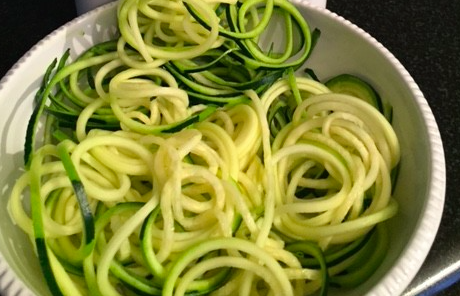
21. Another little fun fact I learned over the past 30 days is that any woman in her 20′s or 30′s that declares that she’s not drinking will, without a doubt, be labeled as pregnant, whether it’s by your waiter or your best friends.
22. Drinking seltzer water or kombucha out of a wine glass is not the same as drinking wine, but that’s alright.
23. Waking up on a Sunday morning without any hint of a hangover or headache is worth all of the above – sacrificing the wine and being labeled pregnant.
24. Smoothies are delicious and nutritious. Smoothies aren’t on Whole30 due to a lack of chewing, the act that kick-starts digestion and satiation. So, what’s a smoothie lover to do? Chew your smoothie! Seriously, do it. I missed my smoothies, green smoothies, and smoothie bowls and am happy to introduce them back into my routine, especially heading into the summer season!
25. It is possible to have too much meat, even lean, organic, grass-fed meat. I got sick of chicken after the first week on Whole30. Happy to say that I’ve since reintroduced tempeh and veggie burgers for some delicious meatless protein. Although I know that for me, everything in moderation works when it comes to protein, I totally respect the vegetarians, vegans, and paleos of the world too. Did I mention to do what’s right for you?! I think I did.
26. The benefit of minty fresh breath after a garlicky meal just may outweigh the drawbacks of chewing gum. Again, something I cut wayyyy back but am not willing to give up completely. Yet.
27. The dreams are real folks. The Whole30 book warns that people on Whole30 may experience weird dreams about eating off-plan foods (which means that you start over at day one.) I’m pretty sure that I had some sort of cheating-on-Whole30-food dream every single night for a month straight. Some worse than others: on the eve of day 30, I dreamed that I weighed myself and the scale read 498 pounds. Thankfully, I woke up.
28. There is something so refreshing about breaking up with the scale. You’re not allowed to weigh yourself during the Whole30 program at all. I’m not a big fan of weighing myself daily, or even weekly, because the number doesn’t often correspond with actual progress. “Non-scale victories” are often much better than a number – looser pants, higher energy, clearer skin, toned muscles, etc. Regarding the scale, if the number makes you feel stuck, negative, guilty, or ashamed, stop weighing yourself and rely on how you feel, inside and out, and how you fit into your clothes. If the scale makes you feel confident and accountable, go for it.
29. Being a proud member of the clean plate club is just plain overrated. Having a healthy diet means eating until your body is satisfied, whether it be fish and veggies or a rich, decadent brownie. It’s not about finishing every last bite, it’s about enjoying one bite at a time, regardless of what you’re eating, and putting the fork down when you’ve had enough (enough means you’re satiated, not loosening your belt in a food coma.) This is easier said than done, I know, so it’s worth the mental effort to work on improving this habit, one meal at a time.
30. Healthy eating is not a mindless activity. It takes awareness, consciousness, presence, and purpose. Some examples include being mindful of how certain foods/food groups make your body feel, inquiring about food preparation when eating out, not digging into the bread basket or snacking simply because the food is right in front of you, and savoring occasional indulgences sans guilt.
So what’s the conclusion here? Honestly, I think that Whole30 has a TON of positive aspects (primarily eating whole foods) and a few negatives (too extreme, too much meat, and not enough smoothies.) Though I’m not the biggest proponent of this exact plan, I’m really happy that I experienced it because I did learn a lot and got rid of some poor habits. What made me stick with it after finding these faults? The sheer fact that I had made a commitment to myself.
Whole30 has lots of great aspects to it and I know that it has changed lots of lives for the better. If this seems like a plan that may be right for you, I encourage you to commit fully as well. Although 30 days may not be realistic, I would suggest an elimination diet for anyone looking to getting to know your body better, especially if you believe you may have an unidentified food sensitivity. Give your body a break from a certain food or food group for about two weeks and then reintroduce it to evaluate your body’s response. That way, as long as other food choices remain consistent, you should be able to tell 24-48 hours after consuming that food/food group if your body is sensitive to it. How will you know? You’ll know. Either it will make you feel fine, good, the same, or it will make you feel not so good in some way. As mentioned above, if it makes you feel yucky, try to cut it out of your diet as much as possible. Lastly, I repeat: read your labels and just eat real food!

One Healthy Breakdown: lessons learned, tools in toolkit, carry on.





